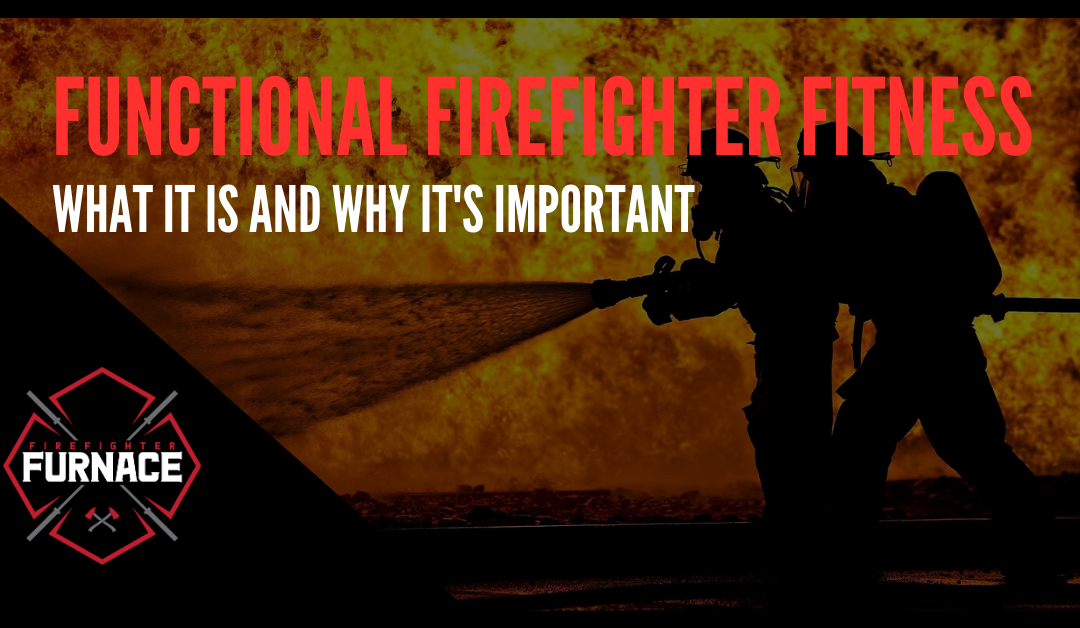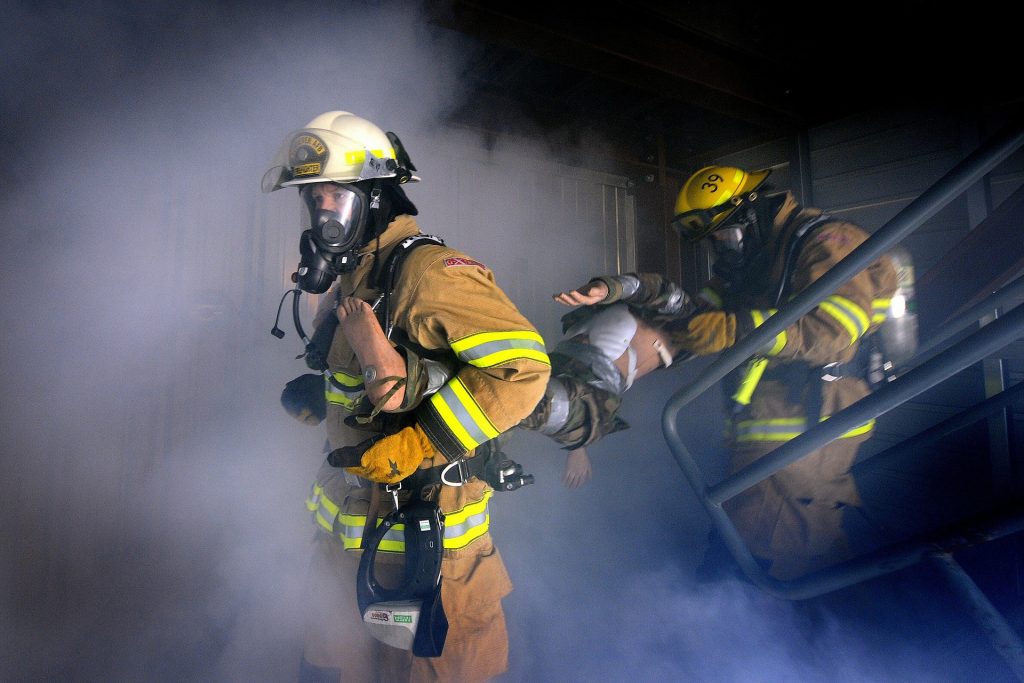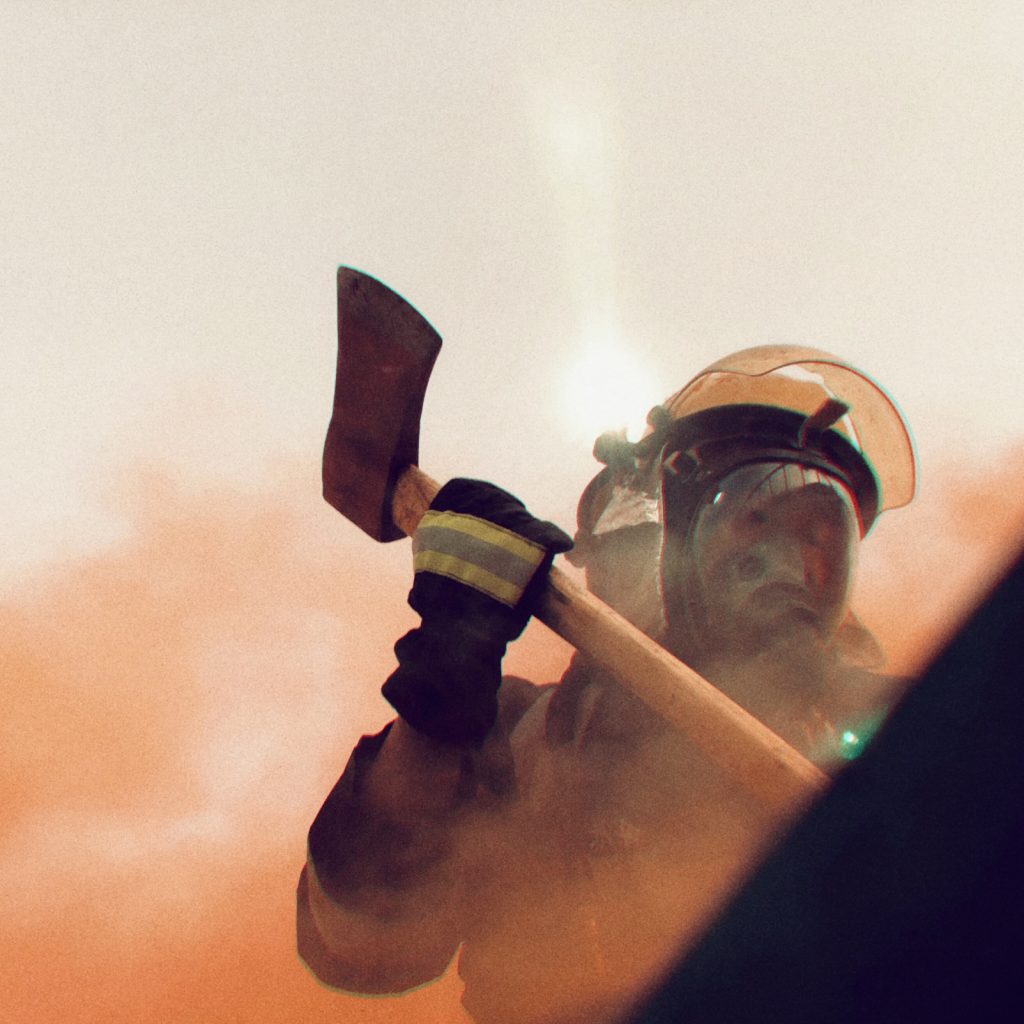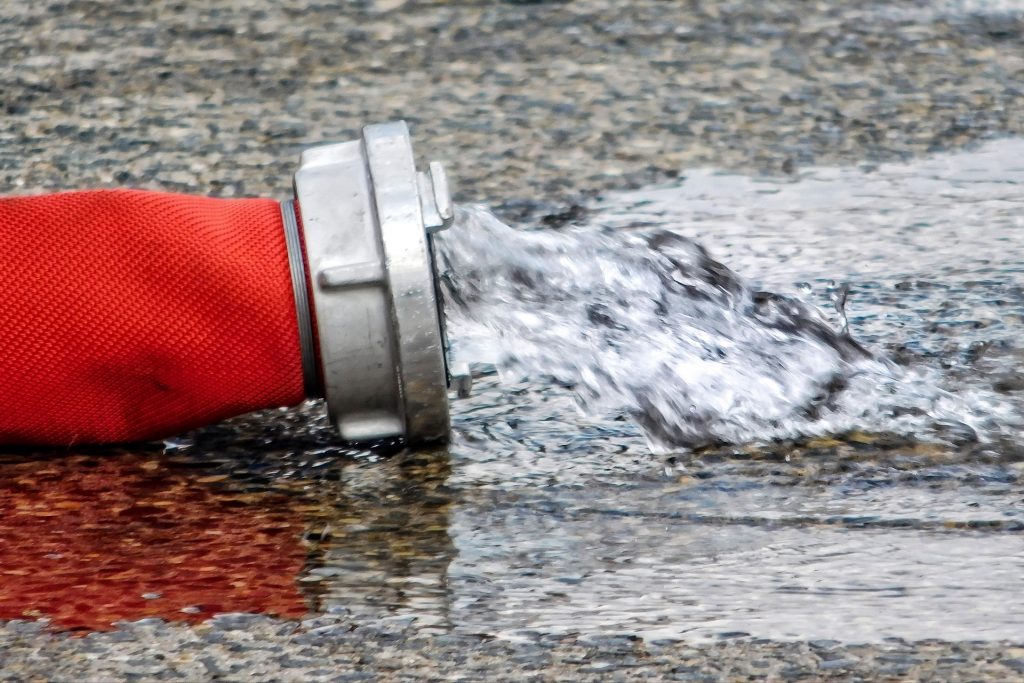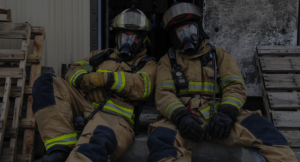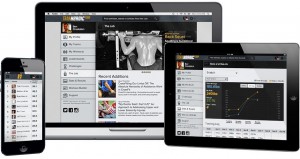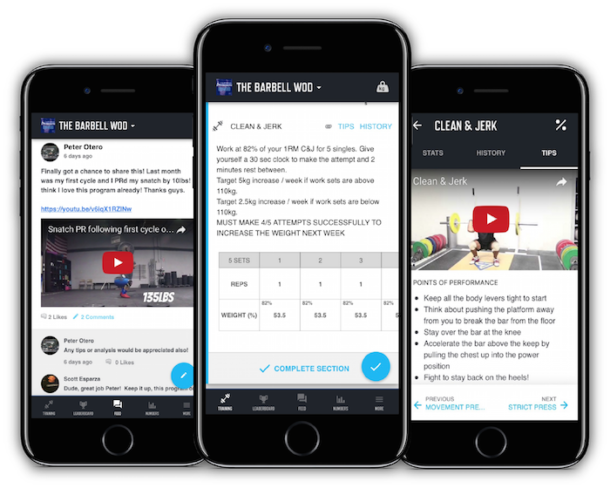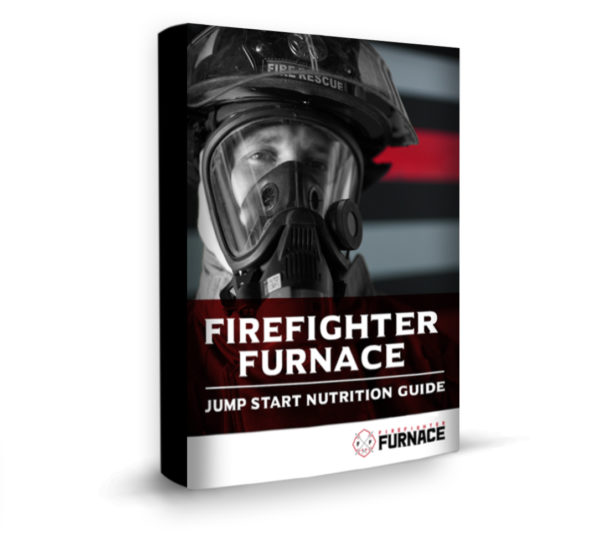Being a firefighter requires more than just knowing how to do the job; you also need functional firefighter fitness to make sure you can actually do the work. While performing your duties, you are going to be asking a lot from your body. What you need to be capable of accomplishing requires specific physical abilities. Even if you mentally understand what you have to achieve, it doesn’t mean anything if your body can’t pull it off.
That’s why functional firefighter fitness is so critical. It’s more than just being able to max out various machines at the gym; it’s about having the right kind of physical capabilities based on the tasks firefighters perform.
Even a skilled athlete might lack the kind of fitness necessary to do the job well. If you want to make sure that you have the kind of functional fitness needed to be a firefighter, here’s what you need to know.
What is Functional Fitness?
Functional fitness is a type of physical capability that focuses on the movements and activities associated with a specific task or job. It’s about training your muscles, cardio capabilities, and range of motion in ways that align with your work, in this case, firefighting. You concentrate on movements that help you use real-life positions during real-world scenarios.
For example, it’s all well and good to be able to bench press more than your body weight. That’s a solid feat of strength, so you would likely be considered by many to be in good shape. But, if you can’t pick up a 40-pound pack off the ground without throwing out your back, your functional fitness might be lacking.
Is Functional Firefighter Fitness Different?
Functional firefighter fitness is conceptually the same as regular functional fitness. It’s all about being able to perform specific real-life motions well, so there is an alignment.
However, functional fitness for firefighters focuses on movements that relate to the job of fighting fires and related activities. For instance, the ability to wrestle with a hose, position and climb ladders, breach doors, and move a person who may be unable to walk all pertain to a firefighter’s job, making them essential for firefighters. Similarly, building up cardio and endurance capabilities to do those activities repeatedly, all while carrying around and wearing heavy gear, also falls into that category.
But those activities might not come up much (if ever) in other people’s lives. Hence, they are part of firefighter functional fitness, but not necessarily functional fitness as a whole.
What Kind of Fitness Is Critical for Firefighters?
As a firefighter, you need to be able to develop physical capabilities that relate to specific activities. This can include, but isn’t necessarily limited to:
- Stair and ladder climbing
- Hose dragging
- Carrying equipment
- Wearing heavy gear
- Raising ladders
- Forcible entry
- Ceiling breaching and pulling
- Search and rescue
It’s also important to understand that you have to be able to do all of those activities for potentially long periods. Fires can rage on for a longer than you’d expect, so you need to be able to keep pushing even when you’re tired. Oh, let’s not forget, you have to potentially endure extreme heat while you handle the tasks, too, and that requires a certain kind of capacity.
The Firefighter Athlete: Having the Right Kind of Fitness
Firefighter functional fitness involves developing the right kind of capabilities for those situations. You’ll need endurance and cardiovascular capacity. Being a firefighter isn’t about short bursts; it’s about being able to sustain, including while working in what can easily be described as a hostile environment.
Plus, core strength is critical to much of the work, including everything from breaching doors to wearing your equipment to dragging a victim to safety. Rarely will you be able to maintain ideal body alignment while handling your duties. Since that’s the case, core strength matters. It lessens your chance of sustaining an injury, giving your body support even when you’re in weird positions.
Core strength also augments many of your other movements. When you swing an ax with just your arms, you aren’t tapping into your full power. By adding a strong core into the mix, you become far more capable (and less prone to injury).
Additionally, you need to build up specific muscle groups, ideally with movements that replicate what you’re doing on the job. While curls can sculpt your biceps, that movement isn’t an exact replica of what you’ll do in real-life as a firefighter. The chance that you’ll need to lift something precisely like that is slim, so it’s better to select muscle-building exercises that match up better to what you’ll actually be doing.
And, something that surprises many, flexibility is a vital part of a strong performance on the job. Flexibility can promote better alignment and enhances mobility. Additionally, it can increase muscular endurance, reduce fatigue, and even potentially reduce your chances of sustaining an injury.
Getting Started with Firefighter Fitness
If you want to improve your firefighter functional fitness, it’s best to have a plan. With a well-crafted firefighter workout program, you can enhance your endurance, improve your cardiovascular health, gain flexibility, build muscle in the ideal way, and otherwise prepare yourself for the realities of the job.
At Firefighter Furnace, we offer two programs that can help you on your journey. If your goal is to become a firefighter athlete and lose weight, the Hero Ignite program might be right for you. For those looking for an advanced program that focuses on firefighter functional fitness, consider Hero Elite.
You can also check out our other posts, covering topics like core exercises, endurance workouts, stretches, and more.
By focusing on functional firefighter fitness, you can become a firefighter athlete. Whether you are working on becoming a firefighter and want to dominate the CPAT or are already a firefighter and simply want to become more capable, it’s all possible. It just takes time and commitment. If you’re willing to give that, you are well on your way.

